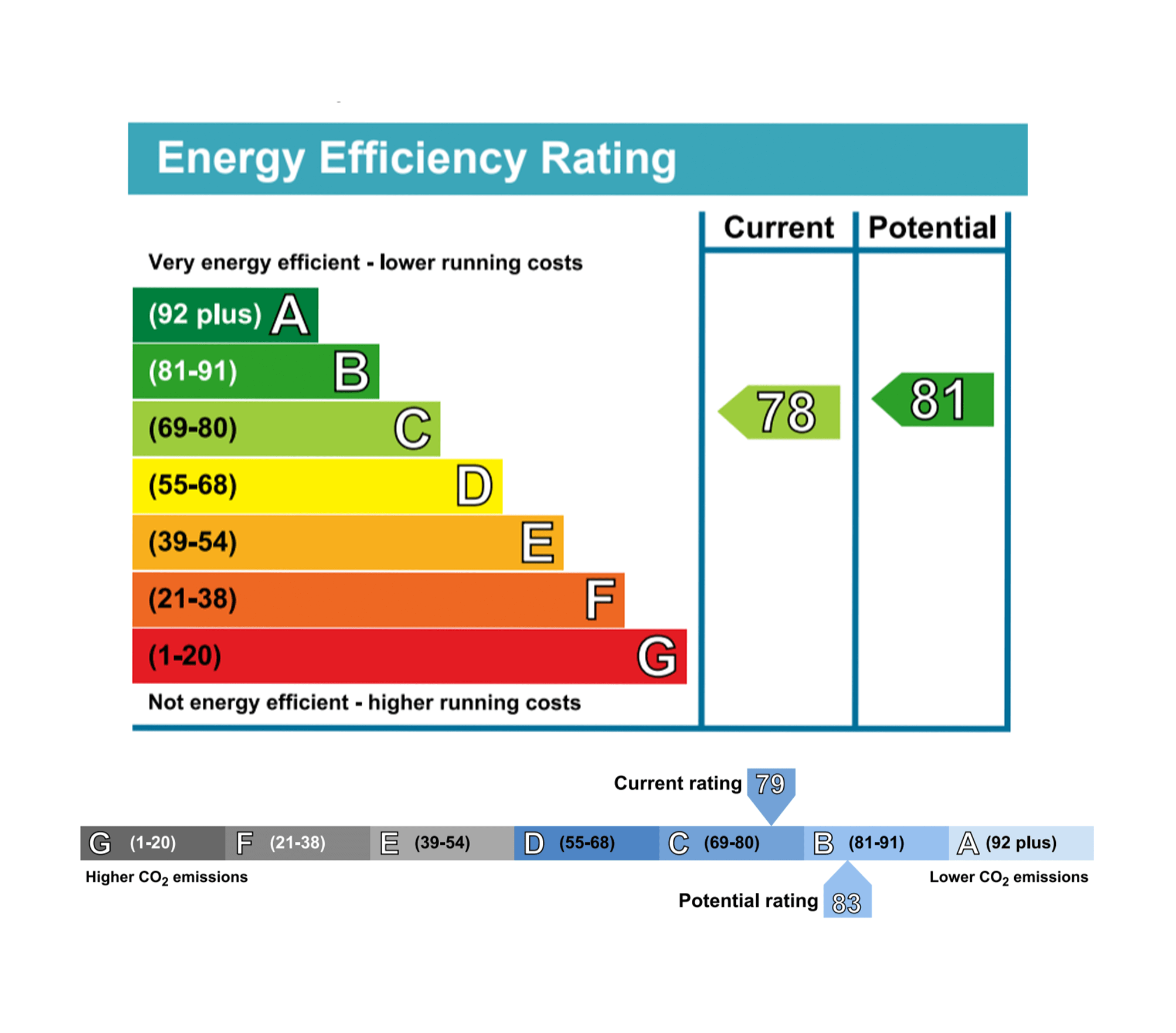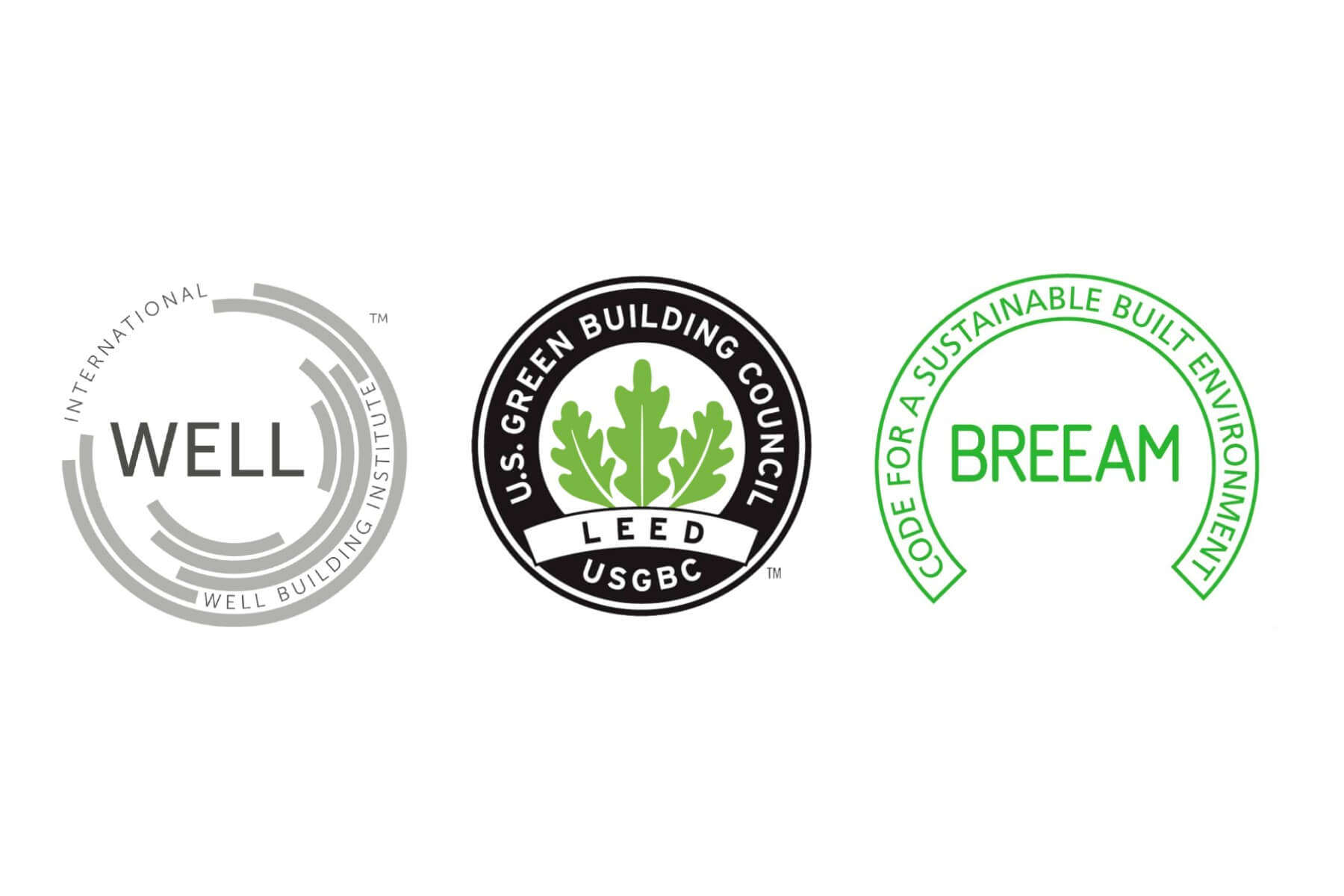The CRE needs to rapidly shape up if the world is to have any hope of achieving its net-zero targets. For a sector that is responsible for 40% of global carbon emissions – this has to be a wake up call.
Let’s face it, the commercial real estate (CRE) sector is in a challenging place right now. A pandemic that drove people out of office buildings and ushered in fluctuating hybrid work patterns, an economic crisis which is seeing energy bills soar, interest rates rapidly rising, and the sector being hit with EPC and ESG regulations are all factors that are causing uncertainty within the sector right now.
This is no time to take your foot off the pedal. With focus on energy efficiency and sustainable mounting exponentially, new government regulations are being put in place to keep businesses focused.
MEES & EPCS

Minimum Energy Efficiency Standards (MEES) are regulations that were introduced in 2015 to increase responsibility for building energy usage and carbon emissions. Energy efficiency is graded and each building receives an Energy Performance Certificate (EPC) with the rating A-G. The deadlines are: April 2023 for a mandatory E rating, 2027 for a mandatory C rating, and 2030 for a mandatory B rating.
Around 85% of the UK’s commercial rented portfolio, around one million buildings, are estimated to be affected, and yet many landlords are still not even looking to change yet.
Non-compliance comes with hefty consequences. Renting out low-scoring commercial properties can incur a fine of 10% of the building’s rateable value (up to £50,000). If non-compliance continues, landlords and building owners could face fines of up to £150,000.
There are several exemptions to the upcoming MEES overhaul, ranging from providing proof that improvement works have already been carried out to the fullest extent, to a six-month grace period for new landlords. Landlords can also have their properties surveyed to conclude that no energy efficiency improvements can be made, although this will devalue the property in a market that is seeing a focus on high-grade offices.
Mortgage broker Habito’s research suggests that retrofitting the UK’s outdated and inefficient building stock to align with new EPC standards could cost an estimated £38 billion, and landlords are going to have to be ready to foot that bill. In the long run, stronger energy efficiency in the built environment will cut costs (by up to 30%) and will rapidly reduce carbon emissions.
Who Is Helping Businesses Achieve This?

There are a few building certification bodies that are helping corporates to measure their energy usage, but the most well known are WELL, LEED, and BREEAM.
WELL, launched in 2014 by the International WELL Building Institute (IWBI), offers buildings the chance to achieve one of four levels of certification – bronze, silver, gold, and platinum. Buildings are judged on and can gain credits from a number of different categories of building optimisation, including air, water, light, thermal comfort, and innovation (among others). Buildings accrue obligatory foundational credits and have the opportunity to gain extra credits the better their services are. There are also opportunities for individuals to become a WELL Accredited Professional demonstration expertise in building optimisation.
LEED, which was launched in 2000, also offers a four-tier rating system from ‘certified’ to ‘platinum’ judged on a variety of categories like ‘sustainable sites’, ‘indoor environmental quality’, and ‘materials and resources’ (among others). Over a period between 2015 and 2018, LEED-certified buildings were estimated to have saved a combined $1.2 billion in energy savings.
BREEAM, the oldest of the three launched in 1990, offers six levels of certification – unclassified, pass, good, very good, excellent, and outstanding. Buildings are judged based on their locations, with standards varying between different countries, and categories for points include ‘energy’, ‘pollution’, and ‘health and wellbeing’. Each main category has a varying number of sub-categories, all awarding points for the overall classification.
If you want to know more about WELL, LEED, and BREEAM certifications, read our article where we go into further depth about their points systems, categories, prices, and how to apply.
How Can This Be Achieved?
What corporates across the sector have to be rapidly focusing on is improving their buildings’ energy efficiency. Climate and energy crises are no longer something to worry about for the future, they’re happening now, and it seems that finally governments are implementing strategies to hold businesses accountable for their emissions.
The vast majority of buildings that will be standing in 2050 – when the net-zero deadline arrives – have already been built. The focus has to be on retrofitting and delivering the solutions for smarter, more sustainable buildings. Energy can be saved, costs can be lowered, emissions can be reduced, all it takes is the simple implementation of technology to be well on our way to achieving net-zero targets.
If you are concerned about the environment, remember that nearly 90% of the buildings surrounding you are woefully energy inefficient. Change is coming, and the sector needs to be taking action now.

Share your thoughts
No Comments
Sorry, the comment form is closed at this time.